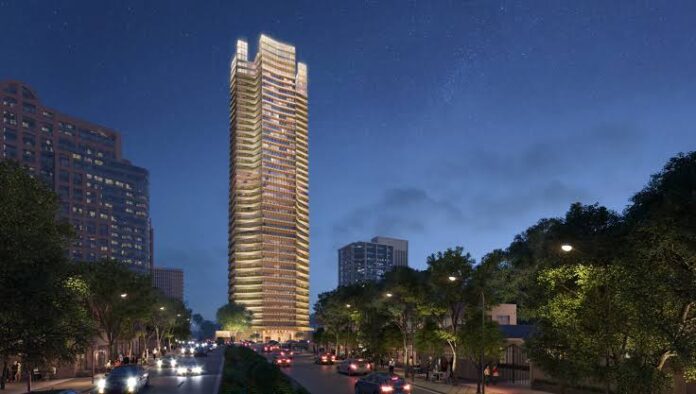The real estate market maintained its growth momentum in the first half of 2025, bolstered in part by a resurgence in tourism and strong demand across the office, industrial, and residential sectors, according to Santos Knight Frank’s latest market report.
Tourism receipts saw a notable boost, supported by the return of iconic hospitality brands, including Sofitel in Cebu and InterContinental in New Clark City. The resurgence of these landmark hotels, along with government-led initiatives such as tourism tax refunds and visa-free entry for key markets, has driven tourist arrivals to 2.9 million in the first half. Luxury hotel rates surged 11 percent, with Taguig commanding the highest average nightly rate at P14,991. High-end developments like Accor-Megaworld’s Mercure and Banyan Tree’s entry in New Clark City further signal confidence in the sector.
Net office absorption hit 192,000 sqm in H1 2025, driven primarily by the BPO sector expanding within Metro Manila. Taguig posted the lowest vacancy rate at 15 percent and the highest average asking rent at P1,248/sqm/month, surpassing the Metro average by 21 percent. A total of 158,000 sqm of new supply entered the market, with over 403,000 sqm more expected by year-end.
Manila was ranked 9th globally in Knight Frank’s Q1 2025 Prime Global Cities Index, with residential prices up 5.5 percent year-on-year. Prime villages like Forbes Park and Dasmariñas posted double-digit price growth, reflecting ongoing demand driven by limited supply.
In the industrial segment, CALABARZON and Central Luzon continue to attract foreign firms in manufacturing, logistics, and pharmaceuticals. Rental rates range from P230 to P290/sqm/month, offering competitive options for multinationals.
The opening of Smith & Wollensky at BGC’s Finance Center highlights the increasing presence of premium global brands, further validating Metro Manila’s growing appeal as a luxury retail and dining hub.
As foreign and local investments continue to flow, the Philippine real estate market demonstrates both resilience and opportunity across sectors — from the return of legacy hotels to the steady rise of industrial parks and luxury developments.







